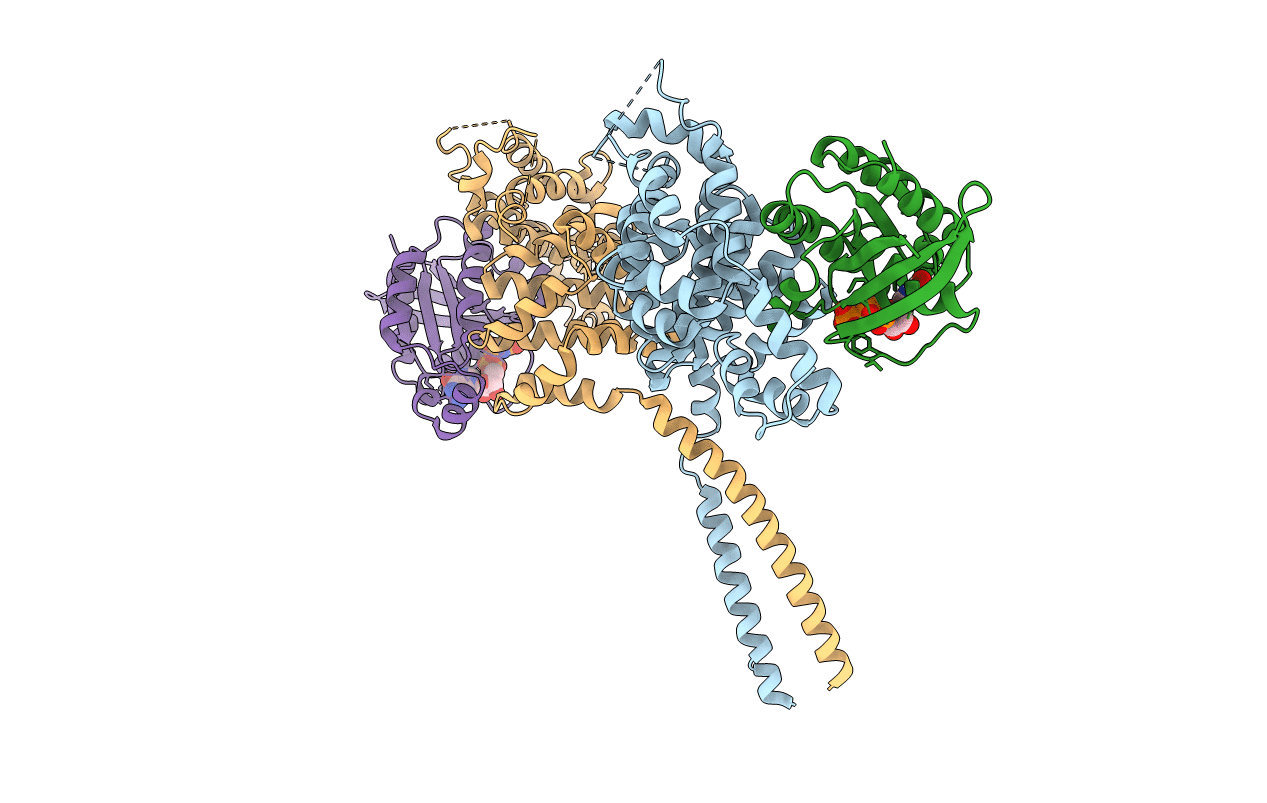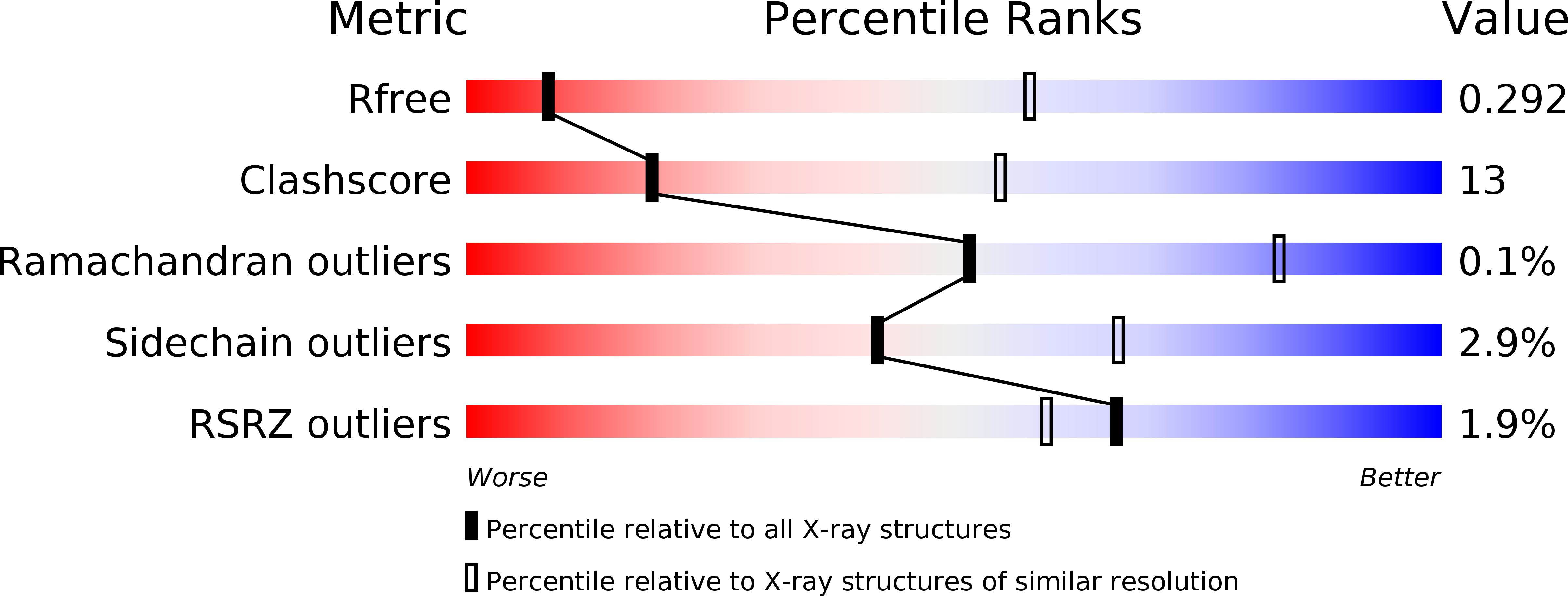
Deposition Date
2015-02-22
Release Date
2015-05-13
Last Version Date
2024-01-10
Entry Detail
PDB ID:
4YDH
Keywords:
Title:
The structure of human FMNL1 N-terminal domains bound to Cdc42
Biological Source:
Source Organism:
Homo sapiens (Taxon ID: 9606)
Host Organism:
Method Details:
Experimental Method:
Resolution:
3.80 Å
R-Value Free:
0.28
R-Value Work:
0.20
R-Value Observed:
0.21
Space Group:
P 21 21 21


